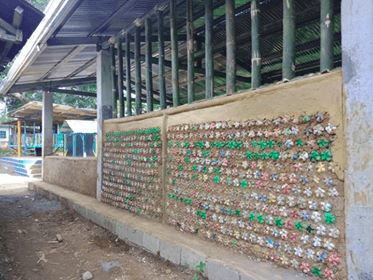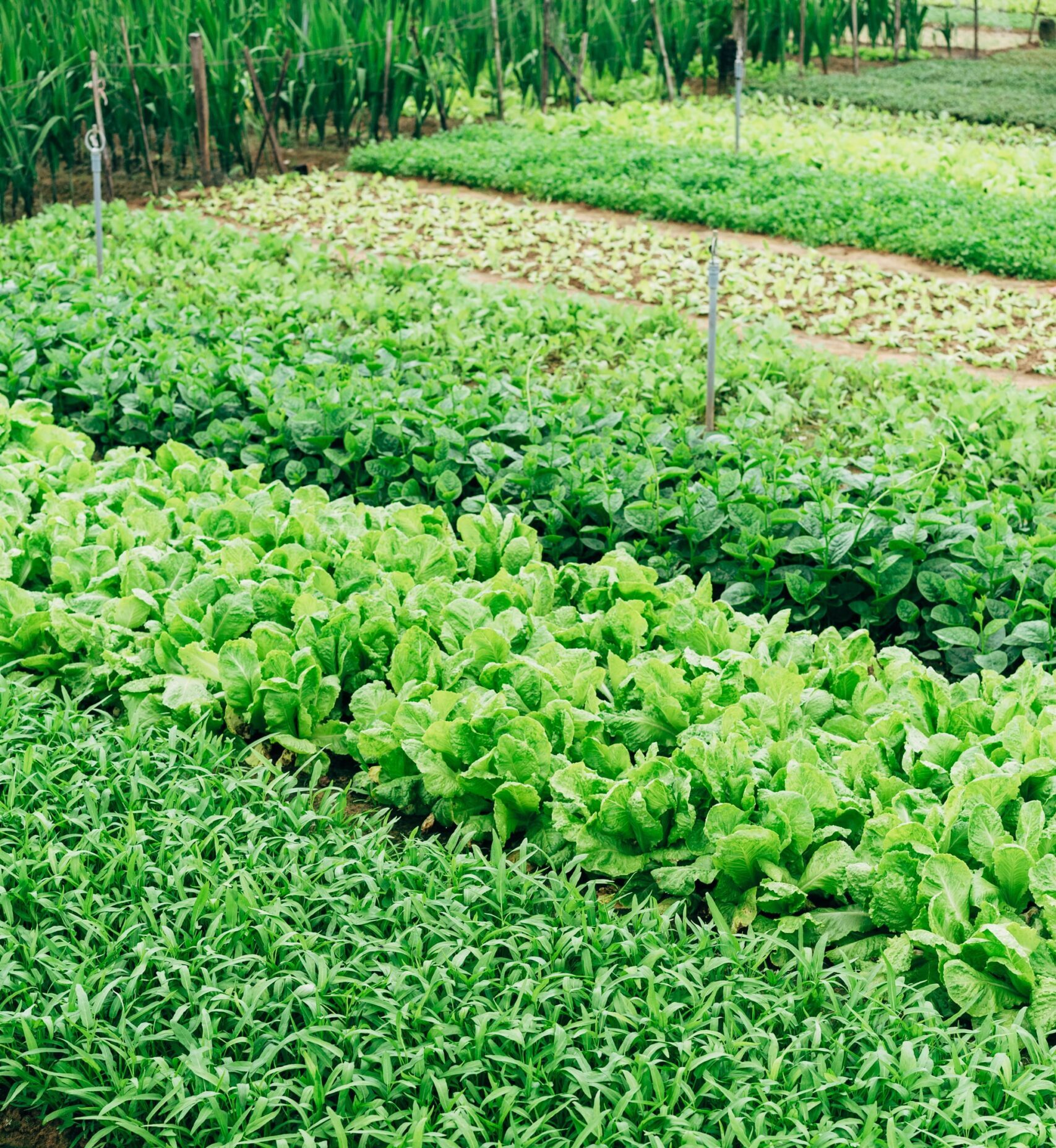Almost 300 million tons of plastic waste are created each year, and the United States is the leading cause. Since most of the plastic made is not recycled, the amount of plastic waste created each year is growing at a rate of 9% more waste each year. I know that many of us in the PD community already try our hardest to reduce our plastic consumption. We might bring our own bags to the grocery store, use reusable cups and straws, buy in bulk, or try to find alternative brands for our necessities that package in recyclable materials. However, plastic-free is not always an option, especially in recent times with the pandemic. To stay healthy, many people order items online rather than shopping in person, with little control over the packaging of the products. Some restaurants or cafes still don’t accept reusable containers. But even before the pandemic hit, I found that I use certain items that simply don’t have plastic-free packaging alternatives.
With the sharp pangs of guilt I felt every time I encountered plastic that I cannot recycle, you can imagine how delighted I felt when I found out there’s an alternative that still keeps plastic out of the landfills, beaches, oceans, and agricultural streams. Ecobricks, or bottle bricks, are a sustainable building material that you can help create at home. The project was first started around 2003 when a need for cheap building materials was identified in underprivileged communities in India, South America, and Central America. Since then, the method has been adopted by communities all over the world. In an interview with BBC News, Yahaya Ahmed of Nigeria’s Development Association for Renewable Energies explained that bottle bricks are so valuable to these communities because it allows them to build sturdy homes and buildings for a third of the price of concrete and brick buildings.
But what are eco-bricks exactly? Ecobricks are made with plastic bottles, most popularly 2L soda bottles, then stuffed with non-recyclable, non-organic waste until they become hard like a brick. Once the bottle is completely full, you should be able to stand on it without creating a dent in the bottle; for this reason, most plastic water bottles are not recommended as they are usually too easily crumpled. To fit more waste into the bottles, it is recommended to cut them into smaller pieces and then stuff them into the bottle with a wooden spoon or dowel to compress it further. Once you’re done, you can keep them for future projects that might have required bricks (you can make garden beds, benches, whatever you want!) or donate them to organizations that send them off to be used in communities that need them like Ecobrick Exchange.

Ecobrick Metro Manila Development Authority Solid Waste Management Division Office–Ecobricks.org
So this all sounds great, except I don’t drink soda. It’s not that I’m too good for it, or I only drink out of glass containers; my body just actively rejects carbonation. It feels like torture to swallow it; I know, I’m no fun. So when I first heard about bottle bricking, although it sounded like the perfect solution for all of those random bits of waste that I could not avoid creating, I felt stuck since I don’t have any plastic bottles in my house. If you’re like me, let’s brainstorm together! Here are some things that I came up with. My partner works at a gym where they sell plastic pre-/post-workout drinks in nice hardy plastic bottles. As he’s the one that takes out the trash anyway, I’ve asked him to bring any plastic bottles that he finds home! But this can be done at almost any job; you can even ask your coworkers about your project (maybe even get them involved in making some!) and ask for them to drop off their plastic bottles at your desk at the end of their lunch break or event instead of the trash. If you happen to work from home, or your coworkers and customers don’t use plastic bottles either, you could ask your neighbors. My neighborhood uses the “Next Door” app, but previously my apartment complex had a FaceBook group for everyone. If your community has something similar, you could make a post asking for your neighbors to drop off their plastic bottles in a bin in front of your door; that way, everyone can still socially distance safely, but you can get access to some bottles for your next brick. If you have any other ideas of getting plastic bottles, if you don’t usually use them, let us know in the comments!
An important thing to keep in mind is that although bottle bricking is an amazing solution to all of the non-recyclable plastic waste accumulated, it is not a reason to create more plastic waste or stop pushing companies to come up with more sustainable solutions to their packaging. There are so many alternatives, such as paper, cardboard, aluminum, or glass packaging. There are water-soluble packing peanuts and paper tapes that can be used to avoid plastic. But until more companies realize the importance of eco-friendly packaging alternatives, we have our bottle bricks that can be used to create innovative and sustainable infrastructure.
Get more like this—Sign up for our daily inspirational newsletter for exclusive content!
____
Photo: Haneen Krimly on Unsplash; Ecobricks





